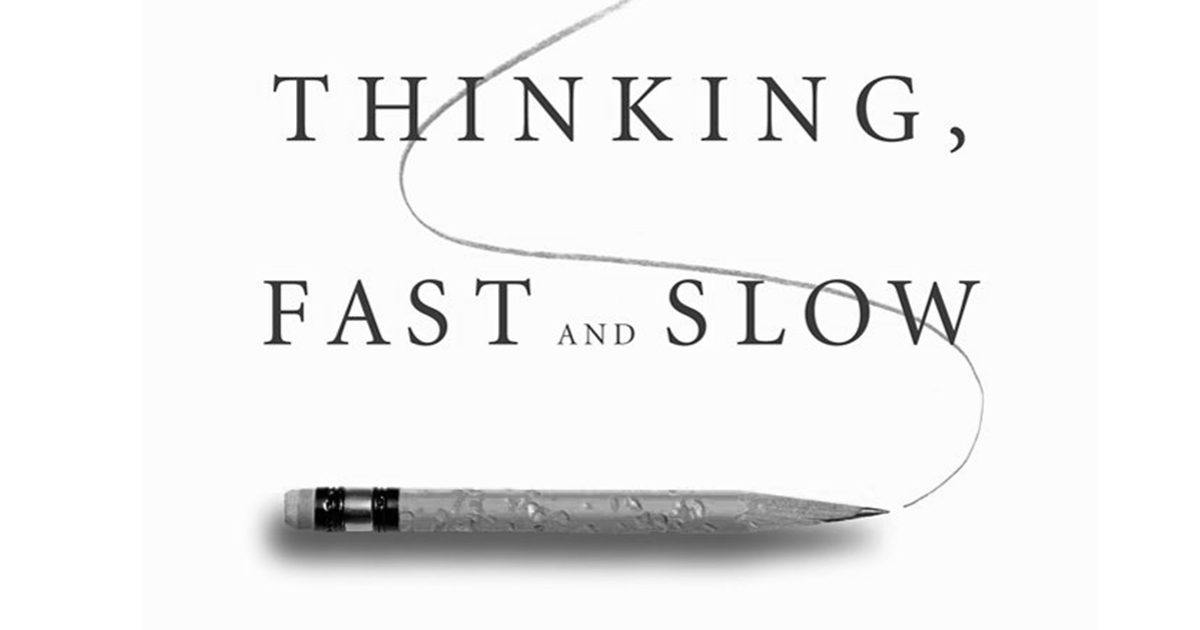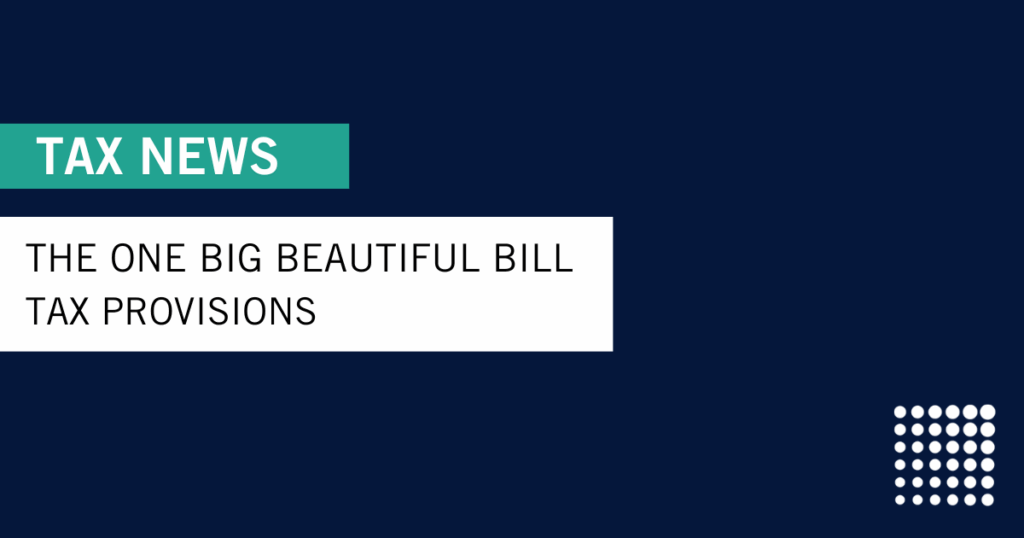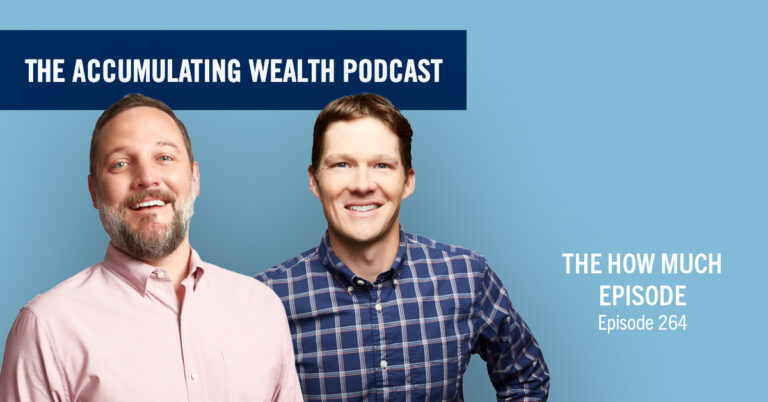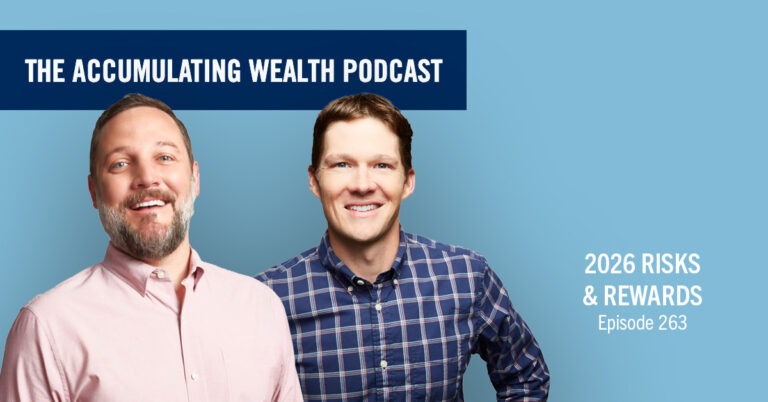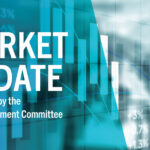By: Brad Sanders
I have been reading between 70-90 books a year for the majority of my adult life. Admittedly, over two-thirds of that is fiction – however, the rest tend to be investment related. One topic that has fascinated me is Behavioral Finance, and one cannot study this topic without running into the name Daniel Kahneman. Kahneman won the Nobel Prize in Economics in 2002 for his study of human judgement and decision-making. “Thinking, Fast and Slow” is the culmination of his work.
Two Systems
Kahneman separates human behavior into two separate systems within our minds. System 1 is the automatic, or “fast” part, which controls emotion and subconscious. This System is responsible for generating the many stereotypes we unconsciously use to navigate day to day existence, and is responsible for everything from depth perception to being able to “zone out” while driving. If you have ever found home after a commute with little memory of the drive, this was System 1 in action!
System 2, or the “slow” part of cognitive function, requires concentration and focuses on effortful mental activities and complex computation. This System is involved in tasks such as singling out a person while scanning a crowd, or activities like analyzing the yield curve.
The interaction between these two systems forms the basis of Kahneman’s analysis, in which he describes the parts of the brain humans tend to rely on to make judgements and decisions. The results are eye-opening.
“Odd as it may seem, I am my remembering self, and the experiencing self, who does my living, is like a stranger to me”
Much of the book goes through many of the “biases” that are the basis for much of Behavioral Finance study, such as Anchoring and Loss Aversion. However, the above quote is to me the most interesting part, as is his explanation of the “Two Selves” (the remembering self and experiencing self). Quite simply, the remembering self tends to only form good memoires, and discounts such negative experience like loss or pain, while the experiencing self is the actual system that is dealing with these two unavoidable consequences of life. The conflict between these “two selves” is amazing, and explains the majority of human behavior, leaving the reader aghast that both of these systems could simultaneously exist within us.
Delve into your own psyche
This book is a “door stopper,” and I would be remiss to paint it as an easy read. However, if consumed in smaller chunks (how I suggest you read it), this book is fantastic and is one of my more eye-opening reads of the past several years. Throughout I found myself laughing as I recognized my own behavior through his interactive exercises, only to then have Kahneman blow my mind with the “why” of my behavior. If you are at all interested in why you live your life and make decisions the way you do, the search for answers starts with “Thinking, Fast and Slow.”
Have both selves agree to join us next month
In January, CWA Partner Dan Wicker will review American sports journalist (and CWA Annual Meeting speaker), Don Yaeger’s book, Great Teams: 16 Things High Performing Organizations Do Differently. Great Teams is an intersection of the sports and business worlds and offers shared insight and real examples that are sure to enhance any team in its pursuit of excellence.



